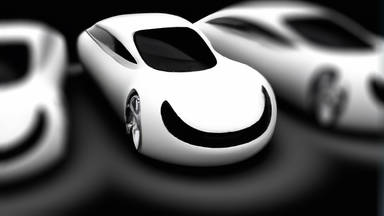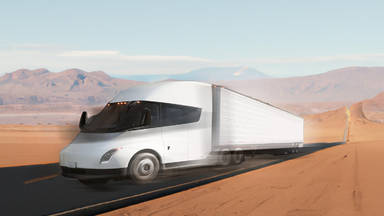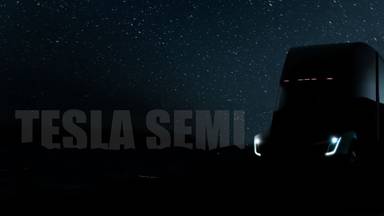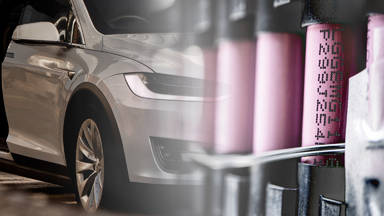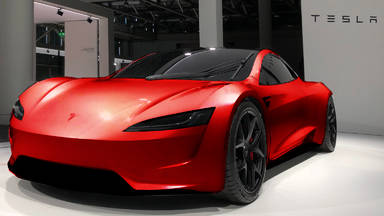
Cars as we know have been around since the early 20th century, but we have been burning fossil fuels at an alarming, almost careless rate for over a century.
A ban on petrol and diesel cars is fast approaching for many of us, which means that electric cars on our roads will become a much more common place on our roads, an initial target of 2040 in the UK has been brought forward to 2035, while recent estimates suggest Prime Minister Boris Johnson is considering a move as early as 2030. Some other targets are 2025 for Norway and various European city centers, 2030 in India, Israel, the Netherlands and France, and 2040 in Taiwan and Germany. A further eight US states, including California and New York, have committed to reducing vehicle emissions to zero by 2050.
Batteries have been an important part of the automobile for decades. That's what gives the starter the power to ignite the engine, but it's a different type of battery powered by lead-acid. More than 90% of those batteries are recycled and leave very little traces behind. In contrast, only five percent of all lithium-ion batteries that are used in electric cars can be recycled and 95% of these batteries are left unused, with a devastating impact on the environment.
Electric vehicles are still in their infancy and have years of catching up to do with internal combustion counterparts, but the progress is already beginning with Hyundai, BMW, and Renault, all of which are committed to converting disused batteries into energy storage systems for power grids. Nissan implements street lights, Chevrolet is securing a data center and the Chinese automaker, BYD, is adopting energy storage from EV batteries in retirement.
There are hundreds of use cases around the world, but the race really is well and truly on for someone to come up with a standardized method that can be used by all automakers.
Elon Musk, with his expertise in the electronics industry, may be the one.
Tesla is currently scrapping batteries to reclaim valuable metals and dispose of any remaining parts responsibly. However, this is on a very small localized scale, with batteries mainly retired from its own manufacturing facilities such as research and development models.
Evs use two primary types of batteries, NMC, which combines lithium with nickel manganese and cobalt; and NCA, which swaps the manganese for aluminum, as used in Tesla's approach.
Just like fossil fuels, those resources are limited. It means we only have so much of each left of the planet, so conserving and reusing them is the best option. On top of that, since cobalt is mined in the Democratic Republic of Congo and lithium is mined in South America, It is likely that the vast majority of machinery is being powered by dirty sources such as gasoline and diesel. The goal is that over time, recycling of batteries and thus production with recycled materials will become cheaper and easier, so that companies can reuse the materials used in their batteries over and over again.
Although the production of batteries can be very harmful to the environment, Tesla's Ceo, Elon Musk claims to have prevented 4 million tons of CO2 from entering our atmosphere thanks to the fuel saved by the 550,000 Tesla cars on the roads.
The company has also generated 13 and a quarter terawatt hours of electricity from 100 clean and renewable sources, including 3.5 gigawatts of installed solar panels. To be exact, only about 40% of that energy (5.26 terawatts) was used by Tesla cars on the road.
Customers write online about their experiences of very little battery degradation. We're talking a couple of percents in nearly a decade.
Tesla expects battery packs to be lasting three to five hundred thousand kilometers, which is already past most average vehicle lifetimes, but the company made a breakthrough on the way to a million miles.
Recently a new battery design has been developed, which is being prepared for implementation in a car for the first time. Several layers of energy-storing chemical compounds are required to make a battery. The new tablet design, however, allows electrons to travel fewer distances.
For the average consumer it means better energy density and for the environment it means fewer metals are needed per mile of charge, which is a sweeping benefit.
Creating the most energy-efficient batteries is the first step in combating the environmental impact of batteries. However, the batteries used in some of the early Tesla's are nearing the end of their lives, and it is time Tesla thought about a process to achieve maximum sustainability.
So far, the company has been recycling what it can and disposing of the rest of materials. However, CEO Elon Musk has proposed a closed system in which materials circulate through different phases of life before reincarnating into the next battery.
In the proposed closed loop lithium, cobalt, aluminum, copper, and steel battery is all derived from retired batteries. These precious metals are too expensive to dispose of, meaning that recycling is more cost-effective for companies helping to prevent the rapid expansion of landfill on the land all over the world.
Even if Tesla were to landfill batteries, we are told that all materials used are safe and non-toxic. Lead, mercury, cadmium, hexavalent chromium, biphenyls (PBB) and Polybrominated diphenyl ethers (PBDE) were never used in the manufacture of tesla batteries.
Nevertheless, extracting elements from a product that has been put together in such a meticulous way must be a complex process. Some estimates place the figure of about $650 for recycling an 85-kilowatt-hour lithium-ion battery pack. Yes, that seems expensive right now, but as with any technology, prices will decrease over time with new developments.
There is still no globally recognized standard way to recycle a lithium-ion battery, but Tesla is one of the first car companies to be making groundwork towards a net zero approach developing a closed-loop system or in other words a system in which no new materials are added for the equivalent number of cars.
